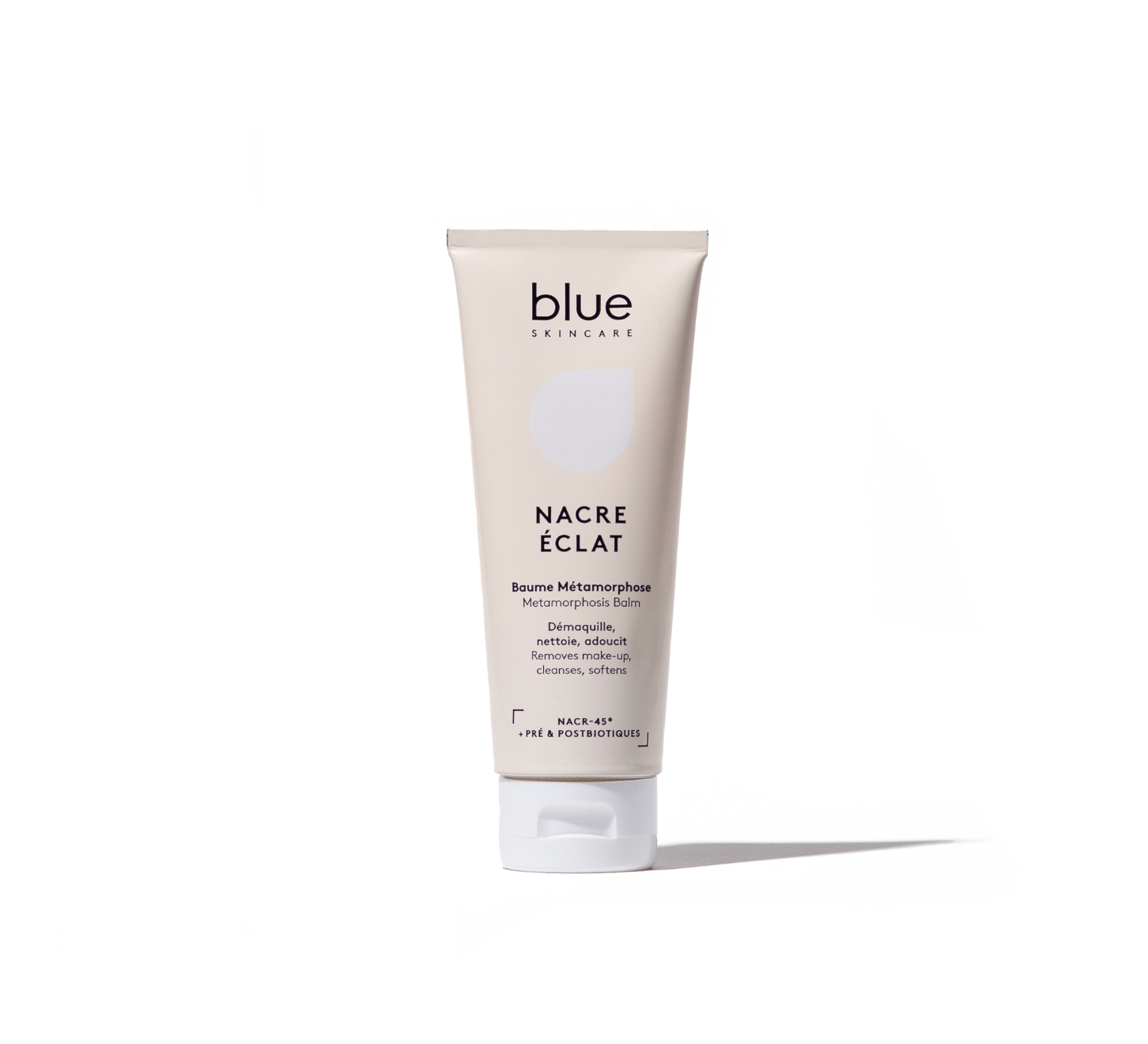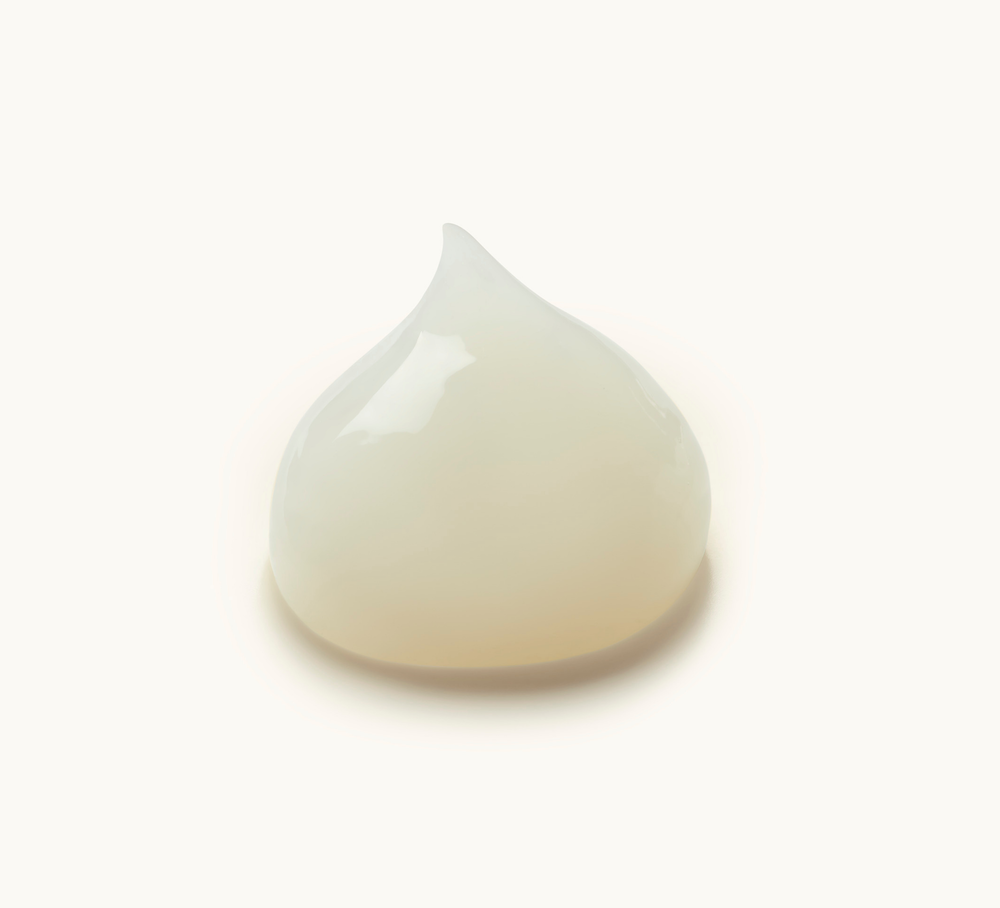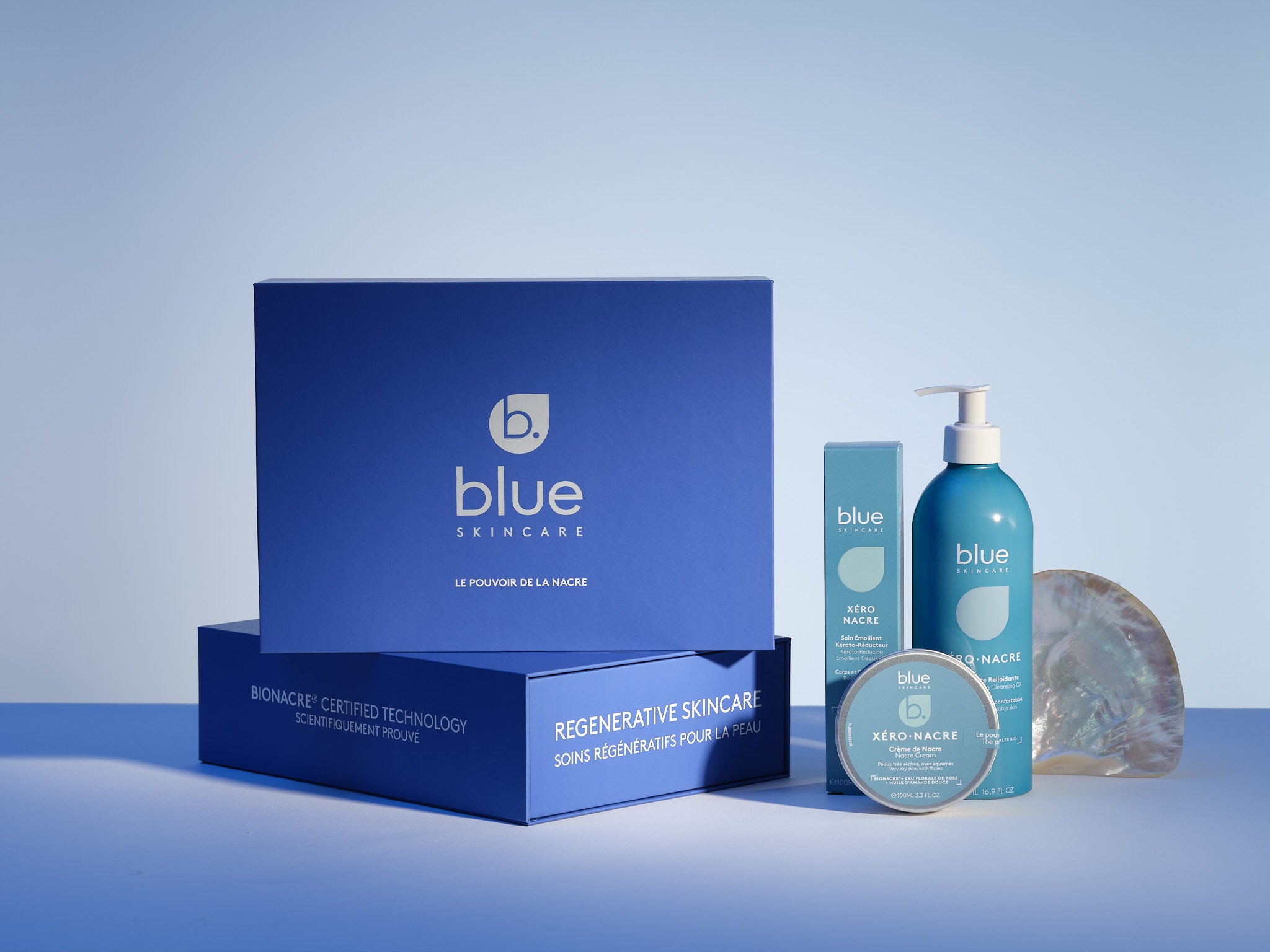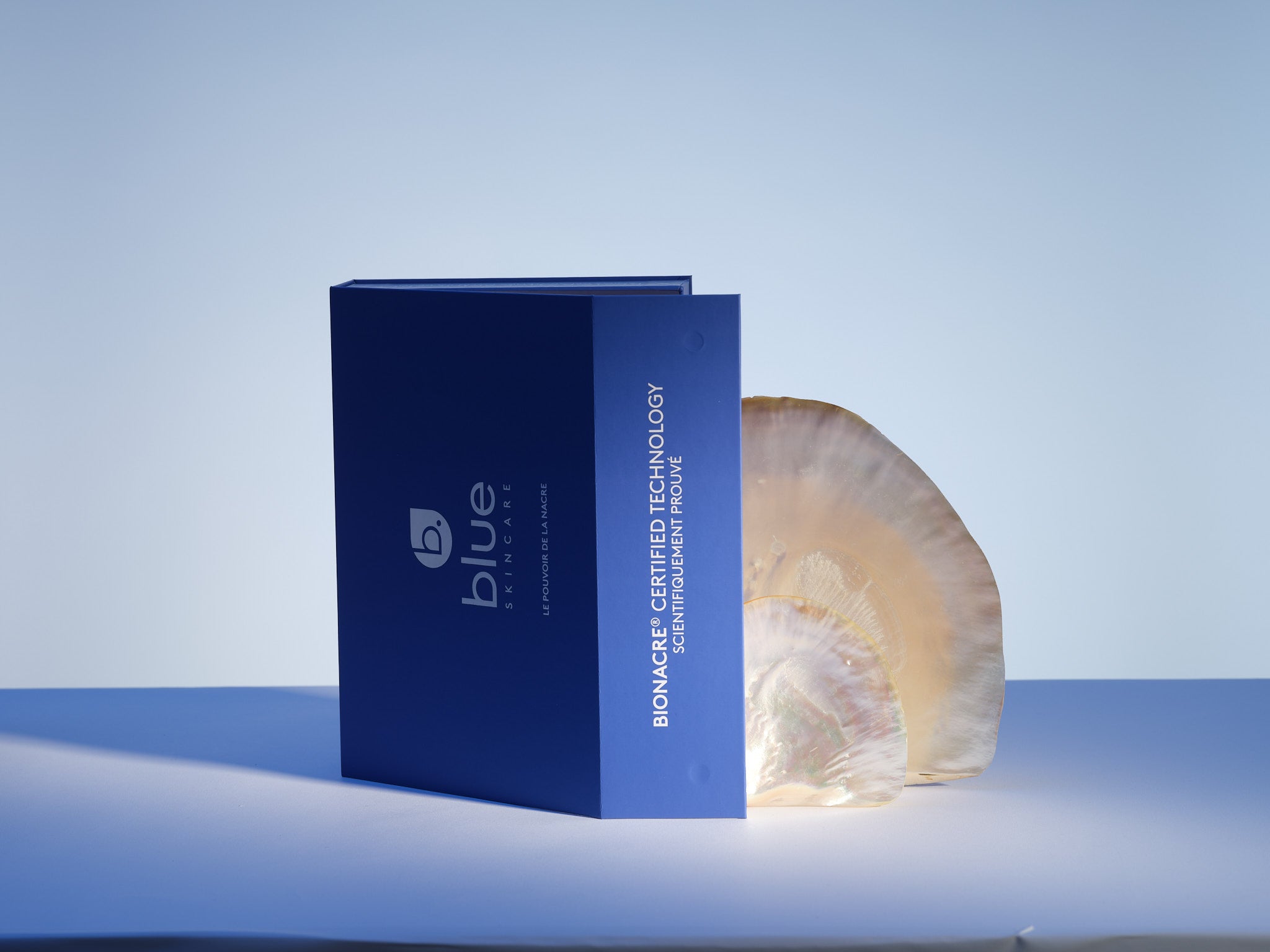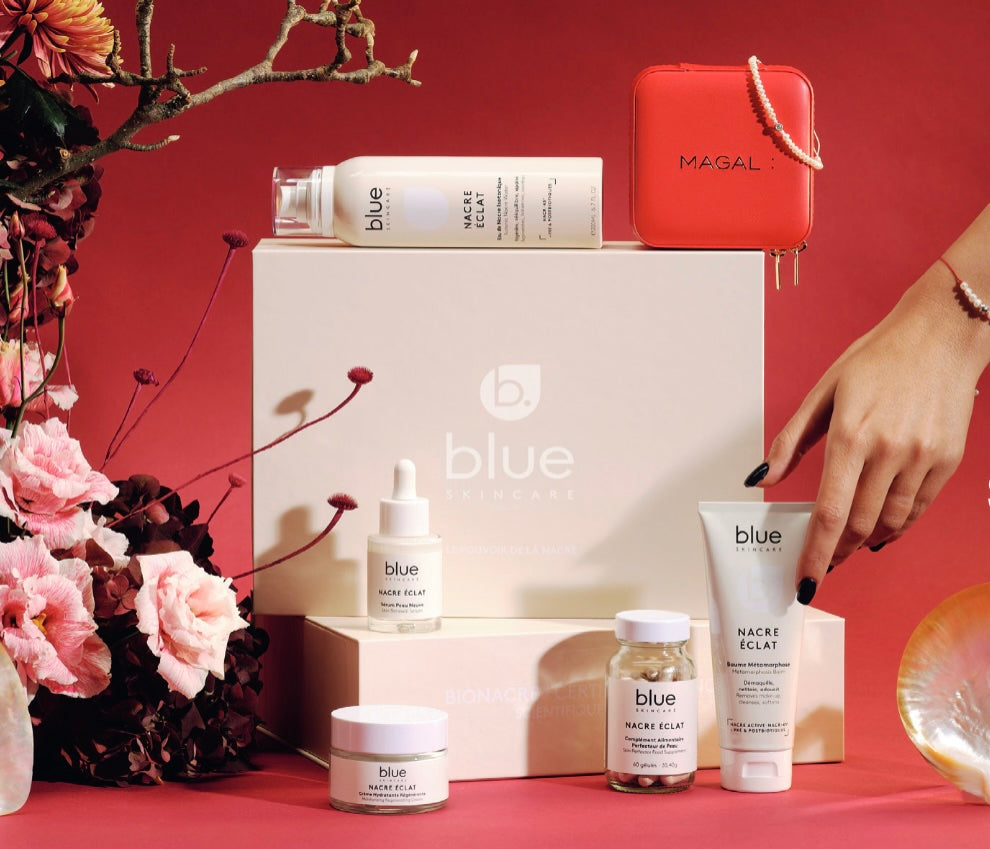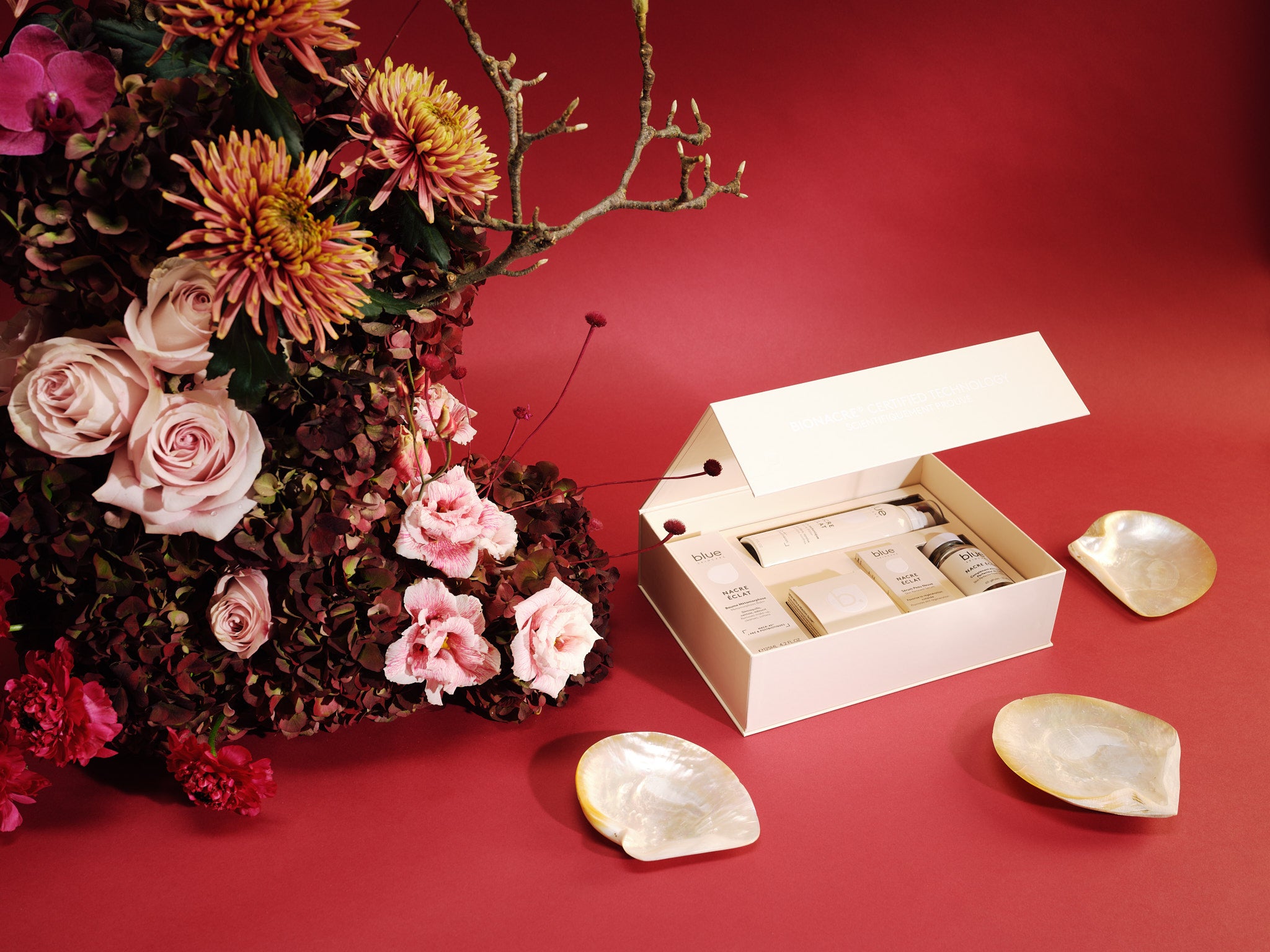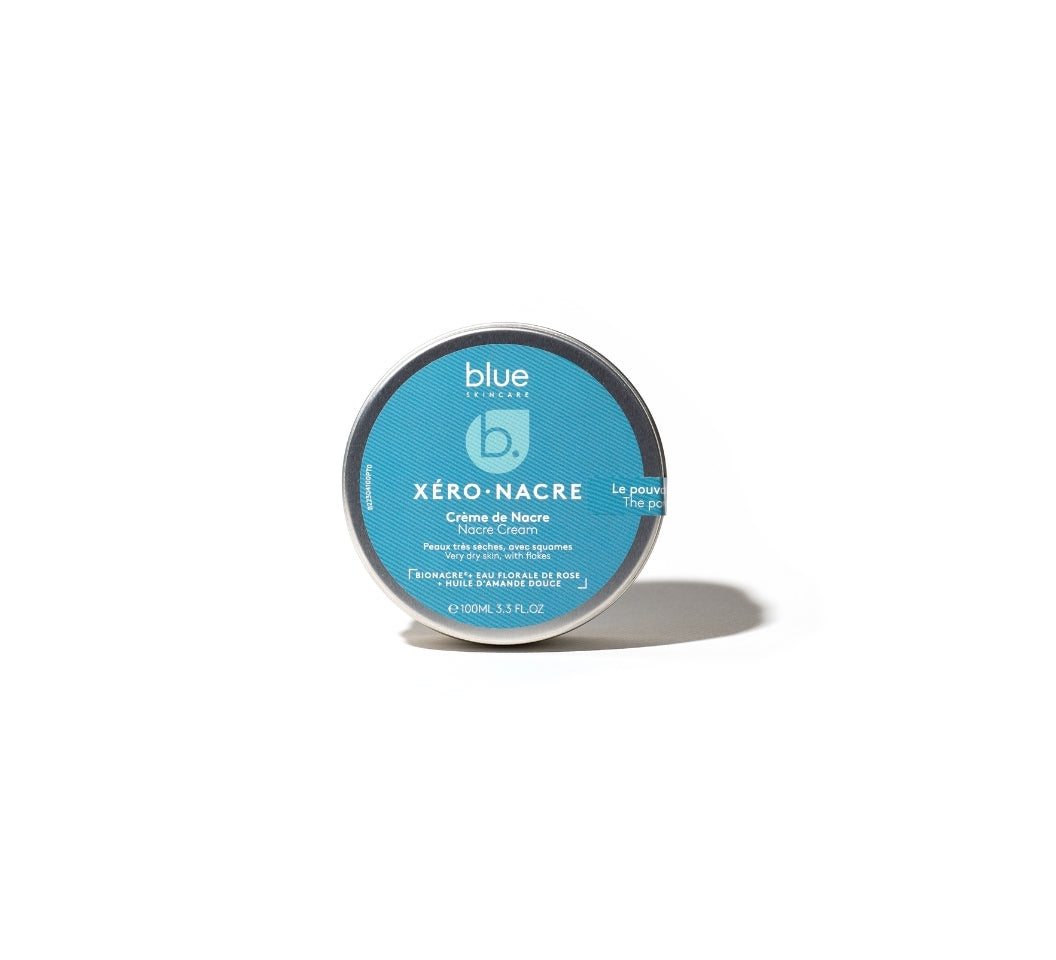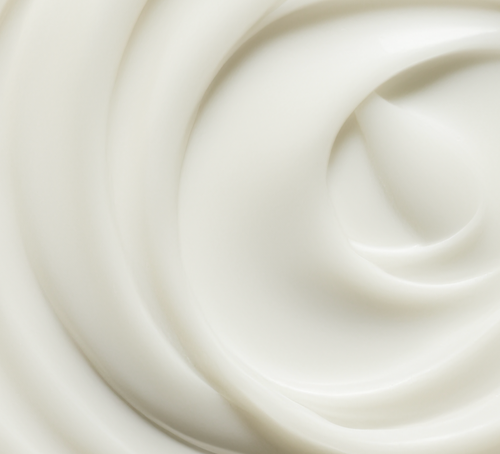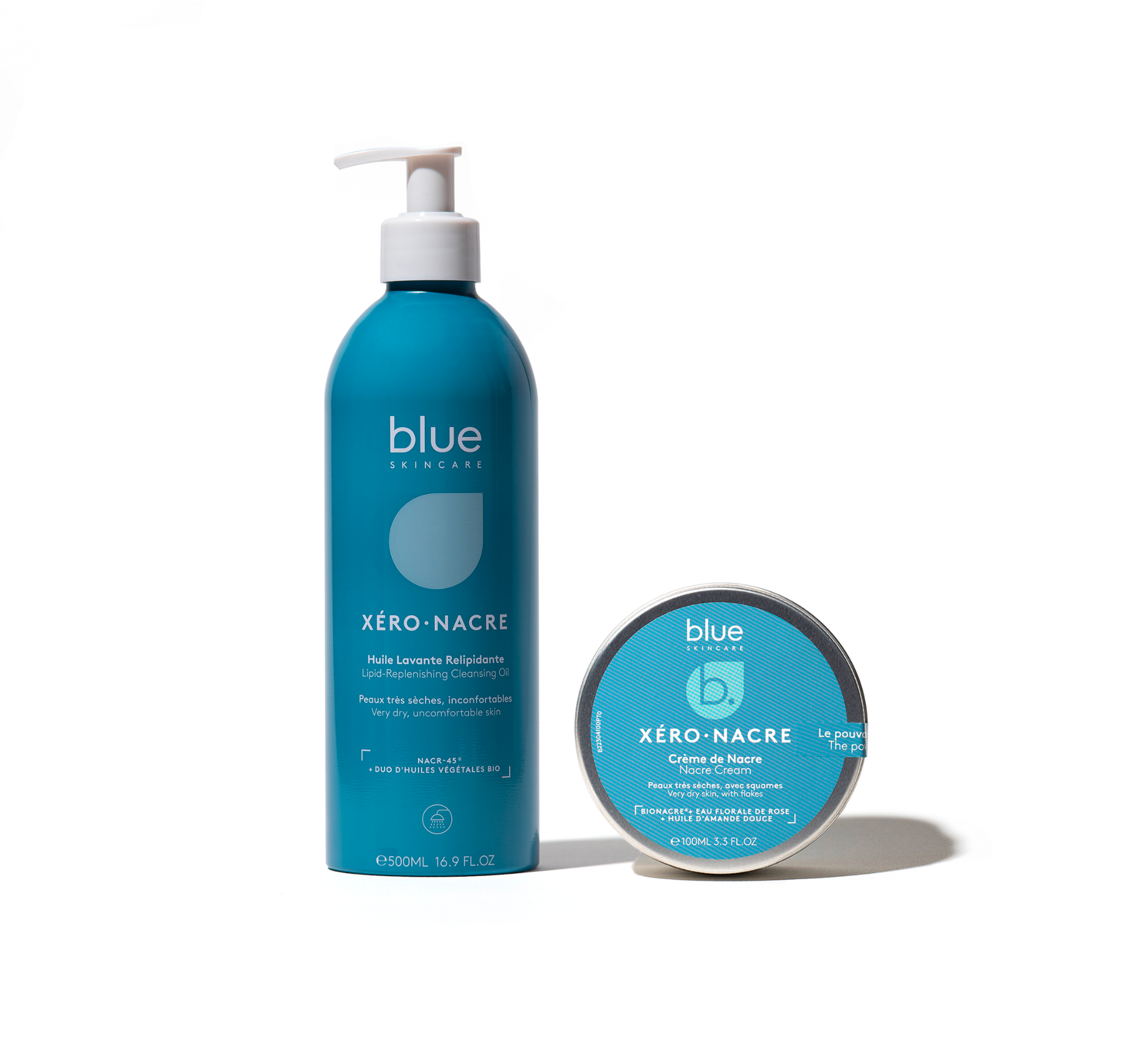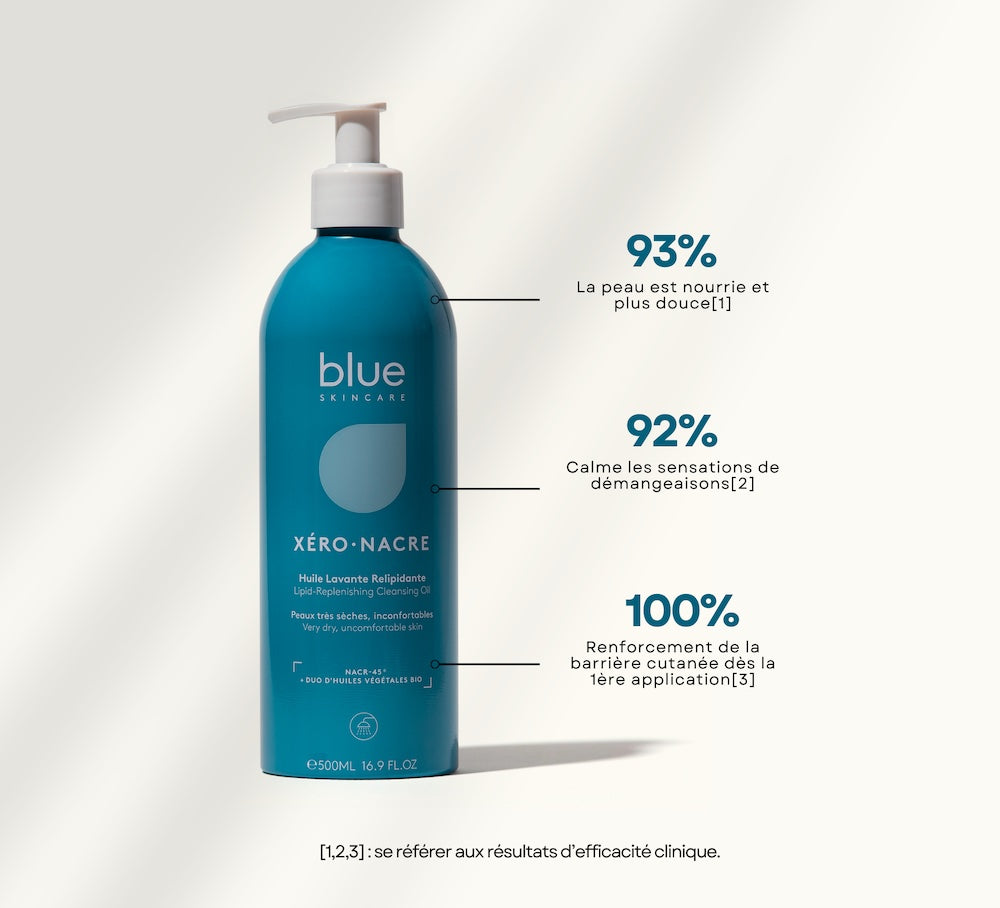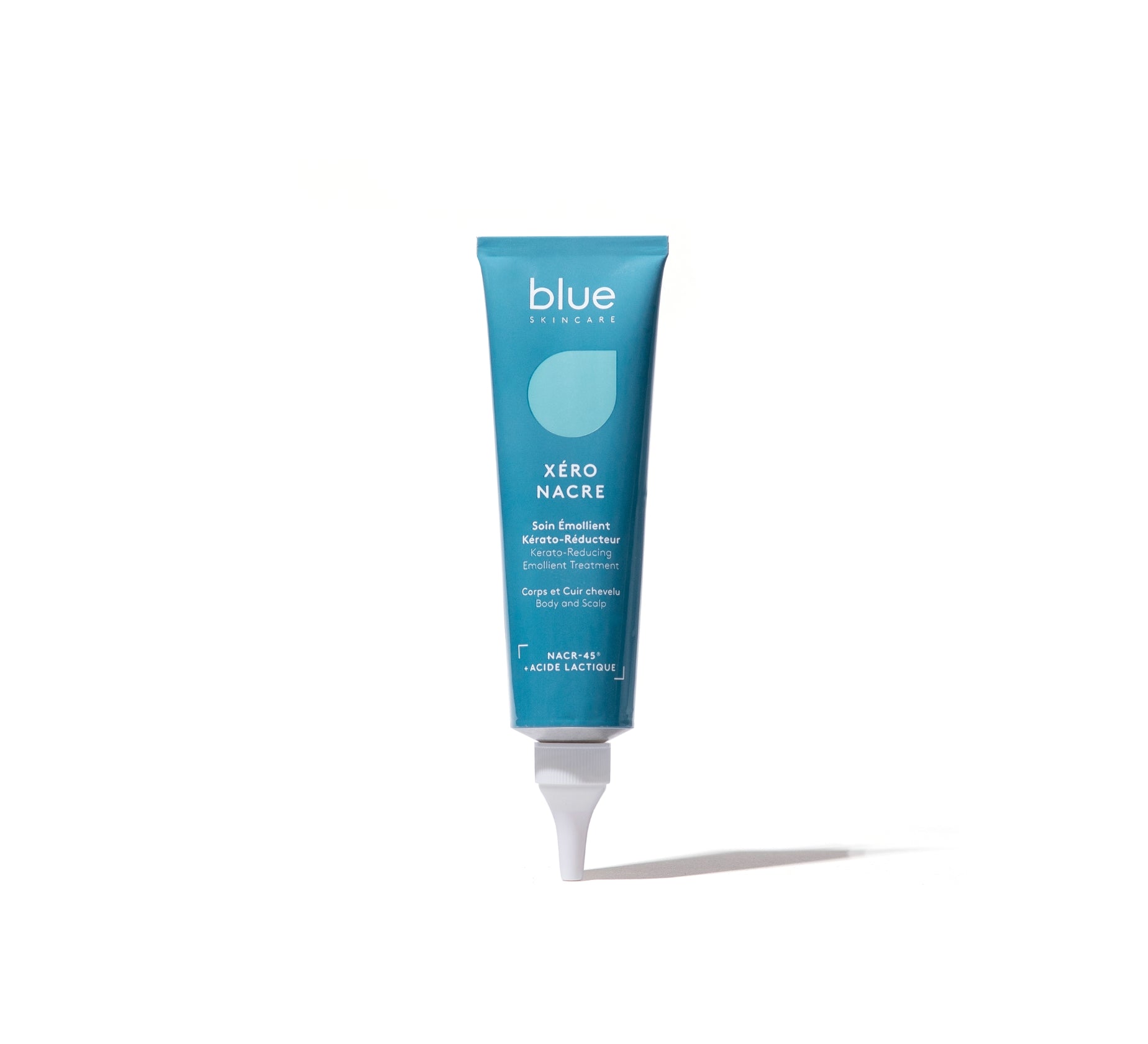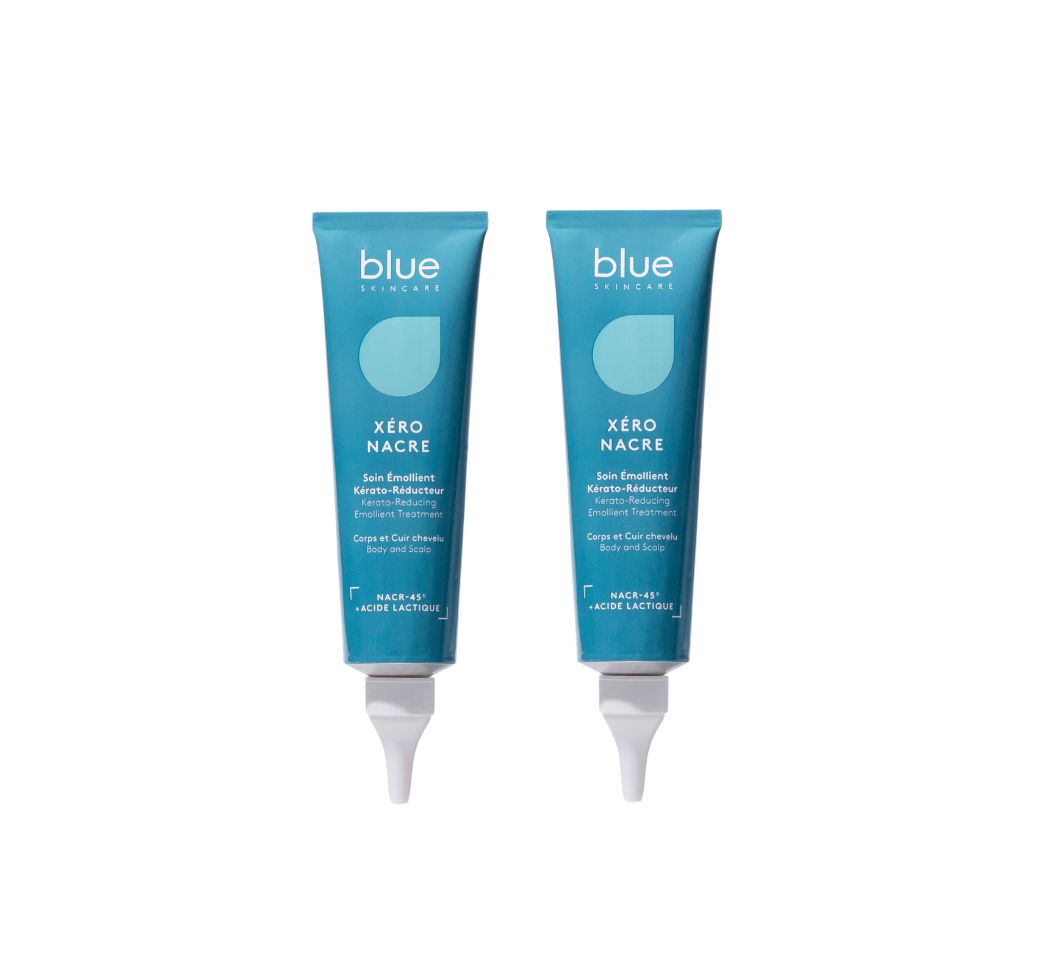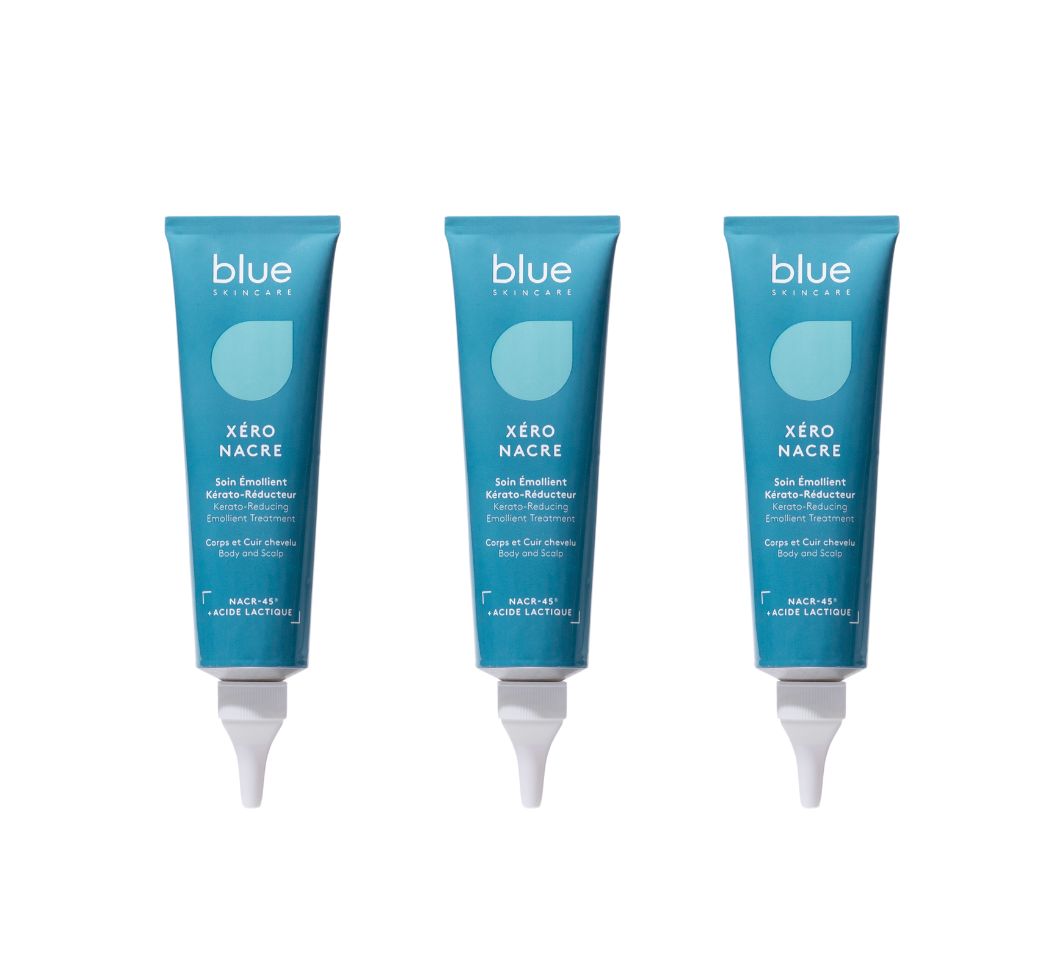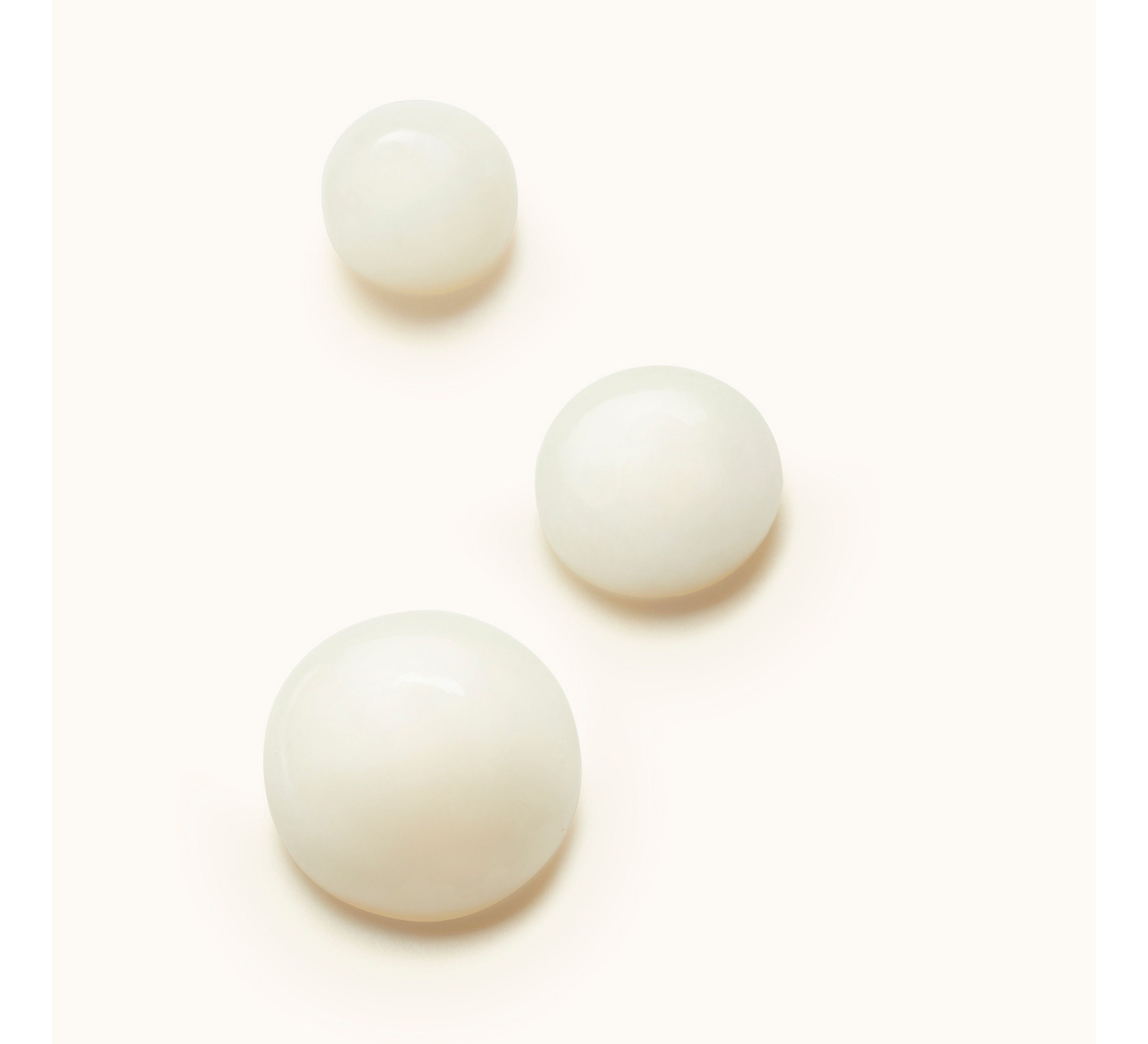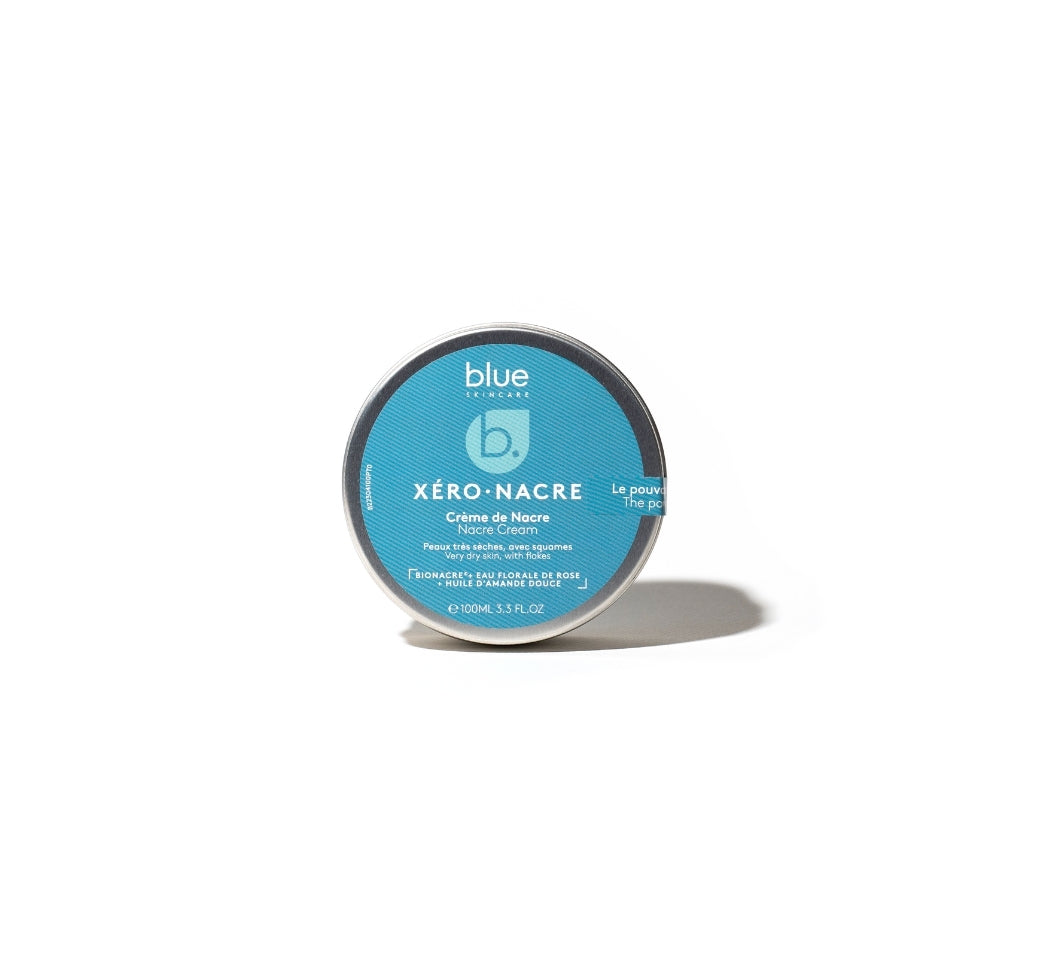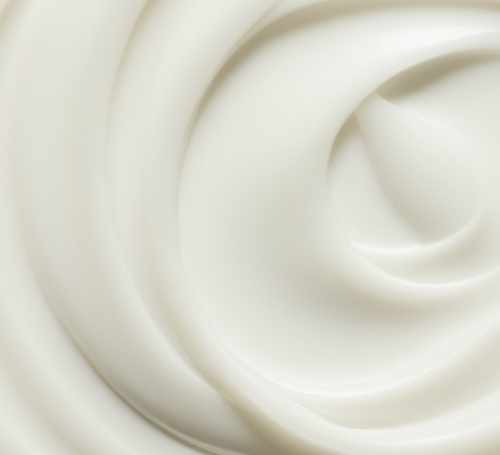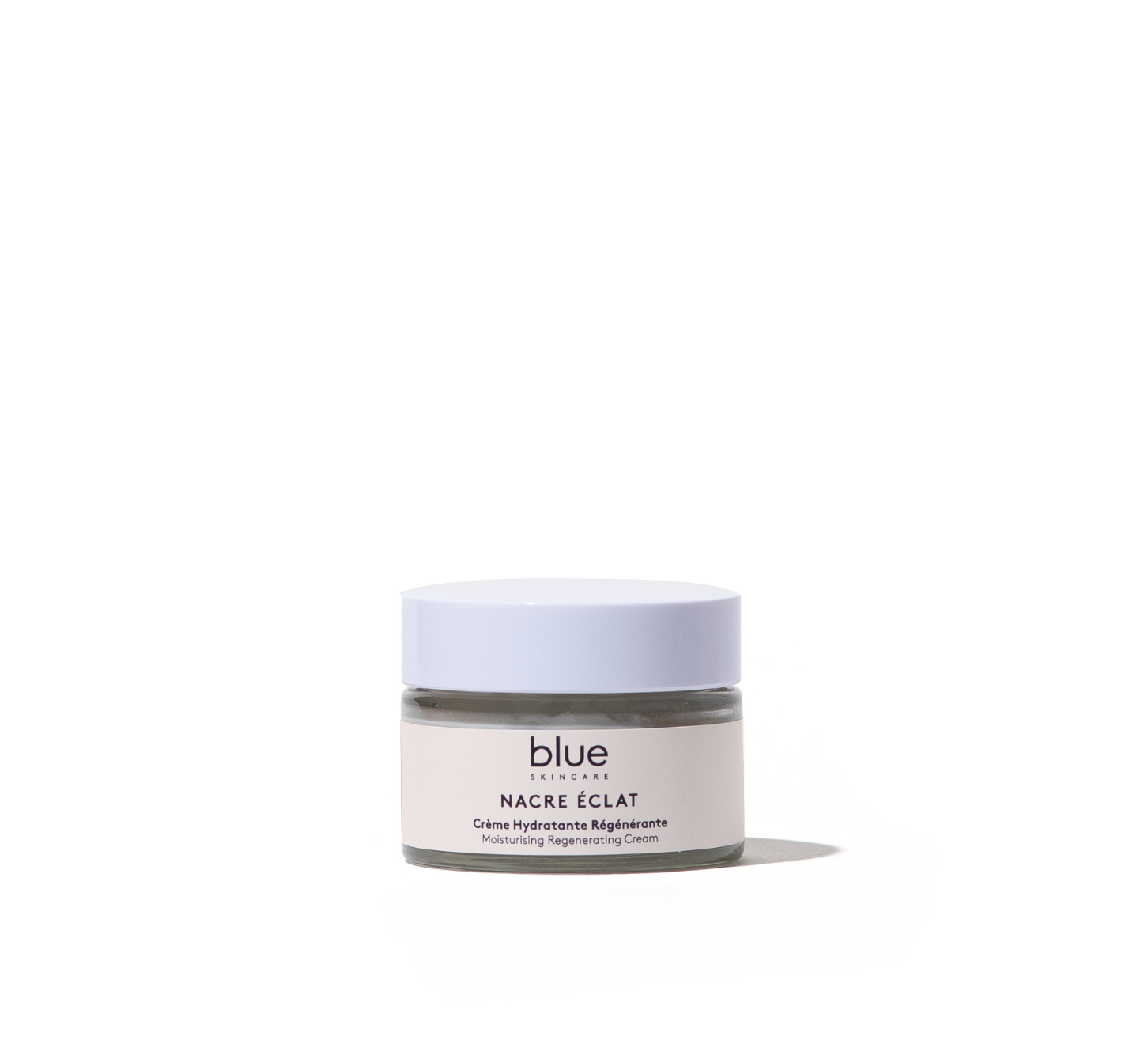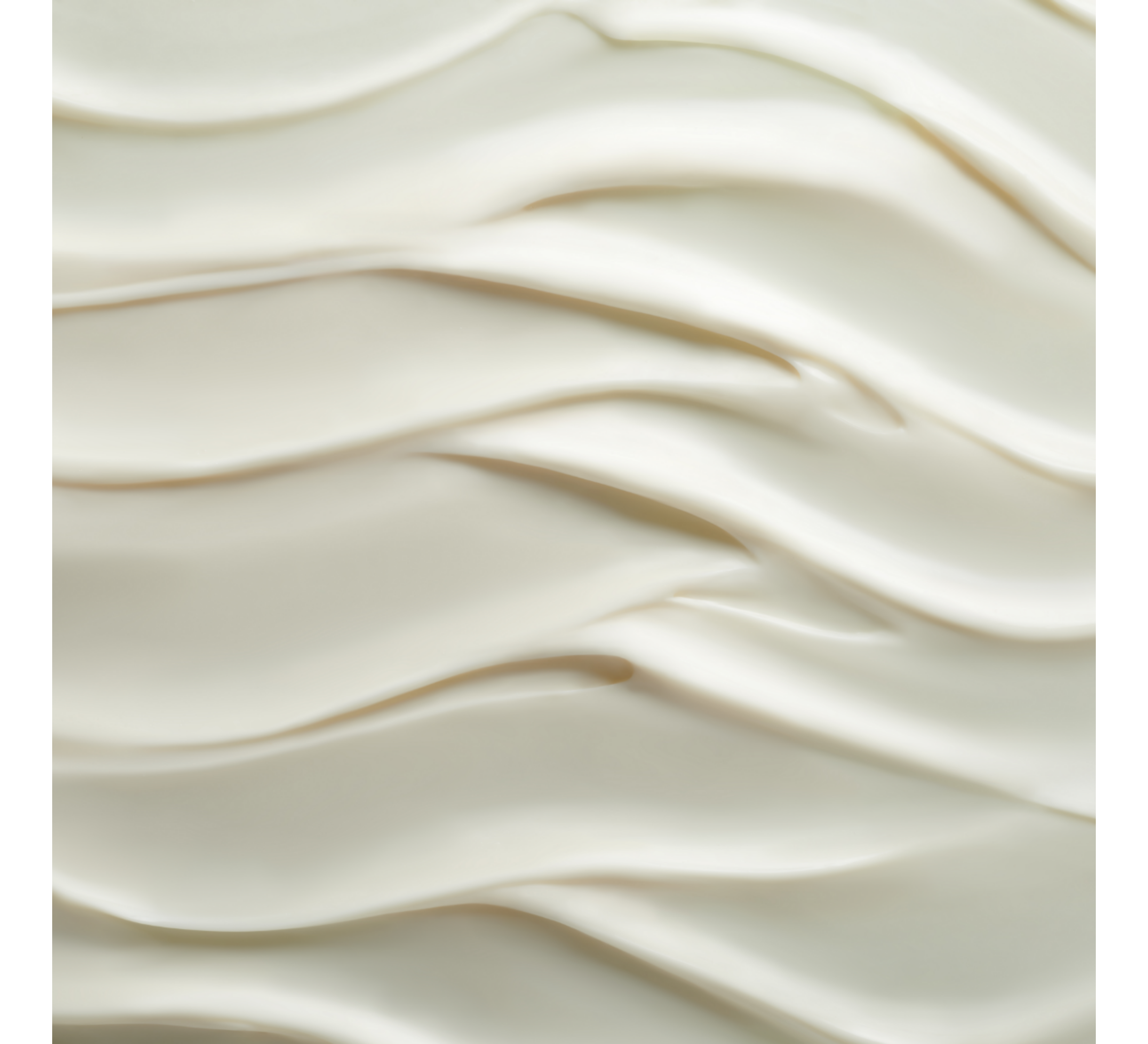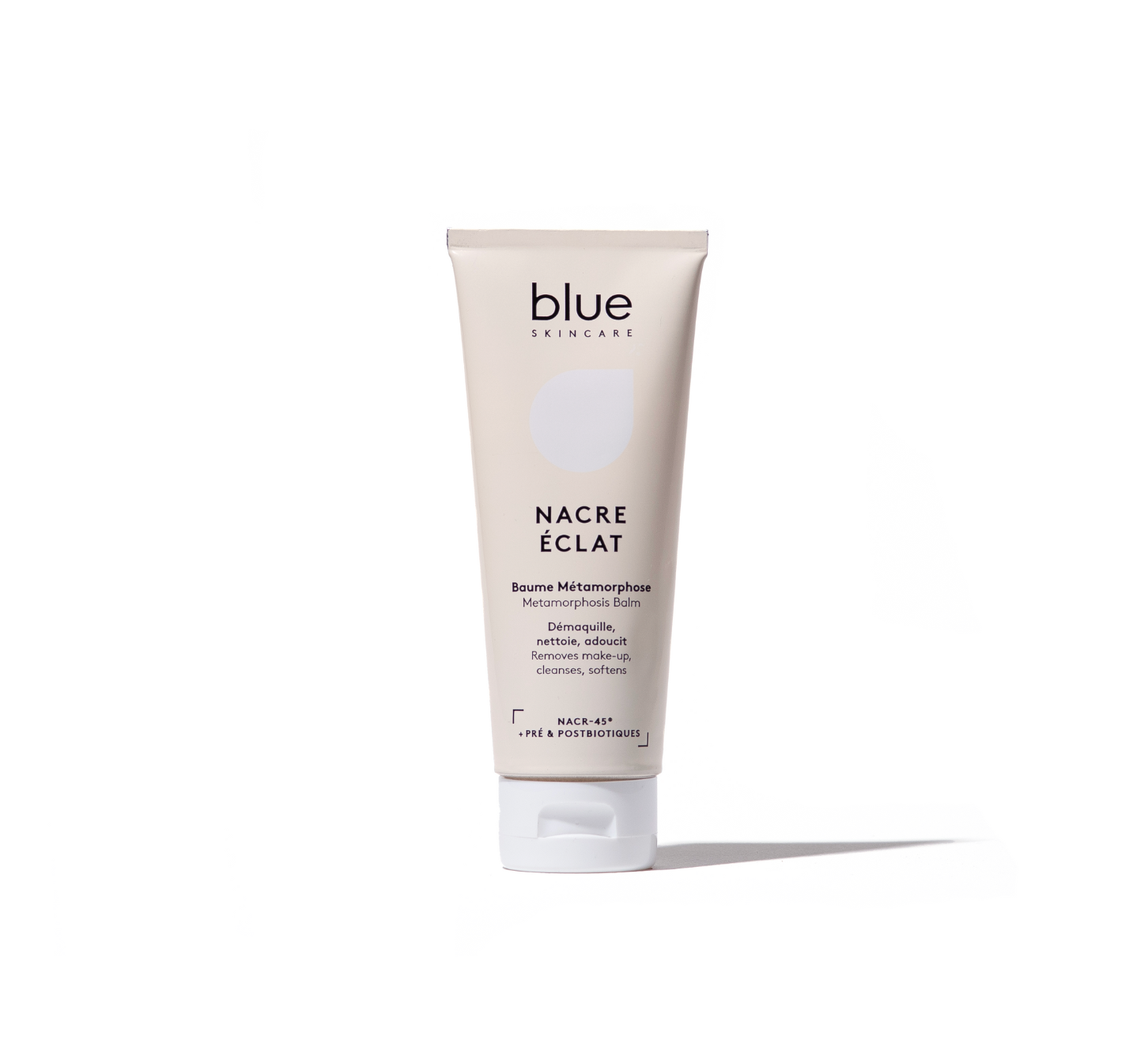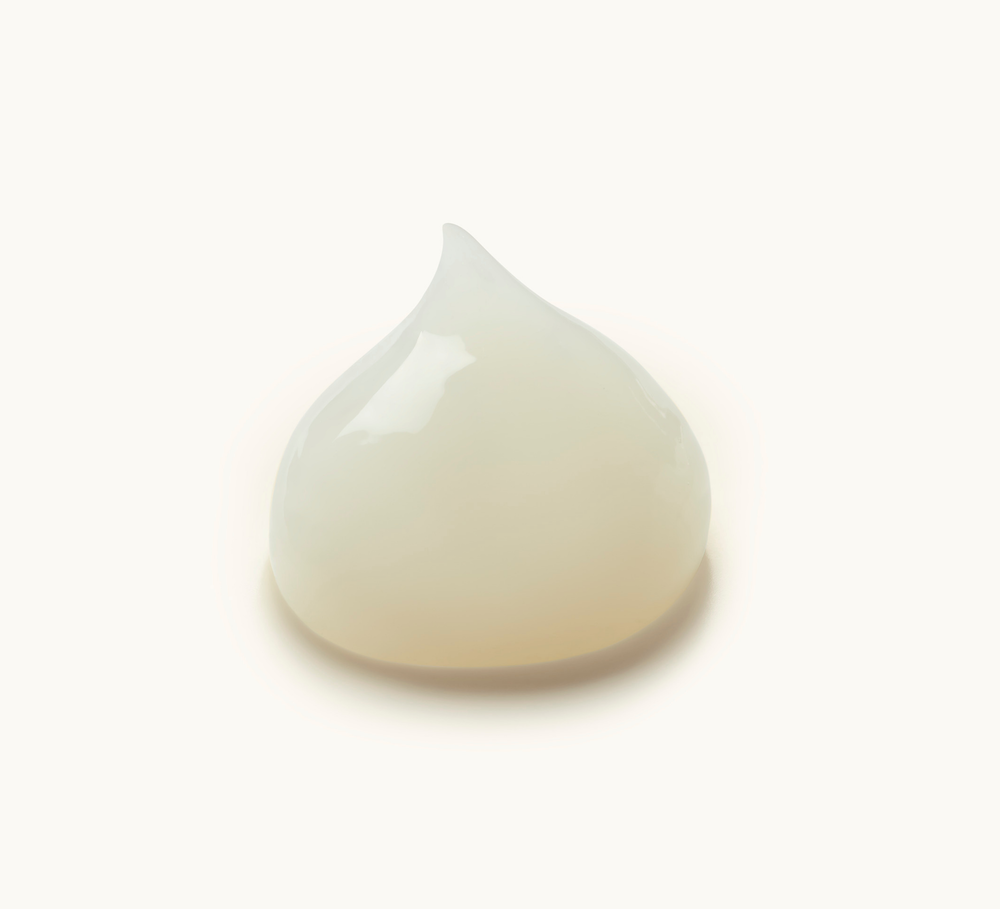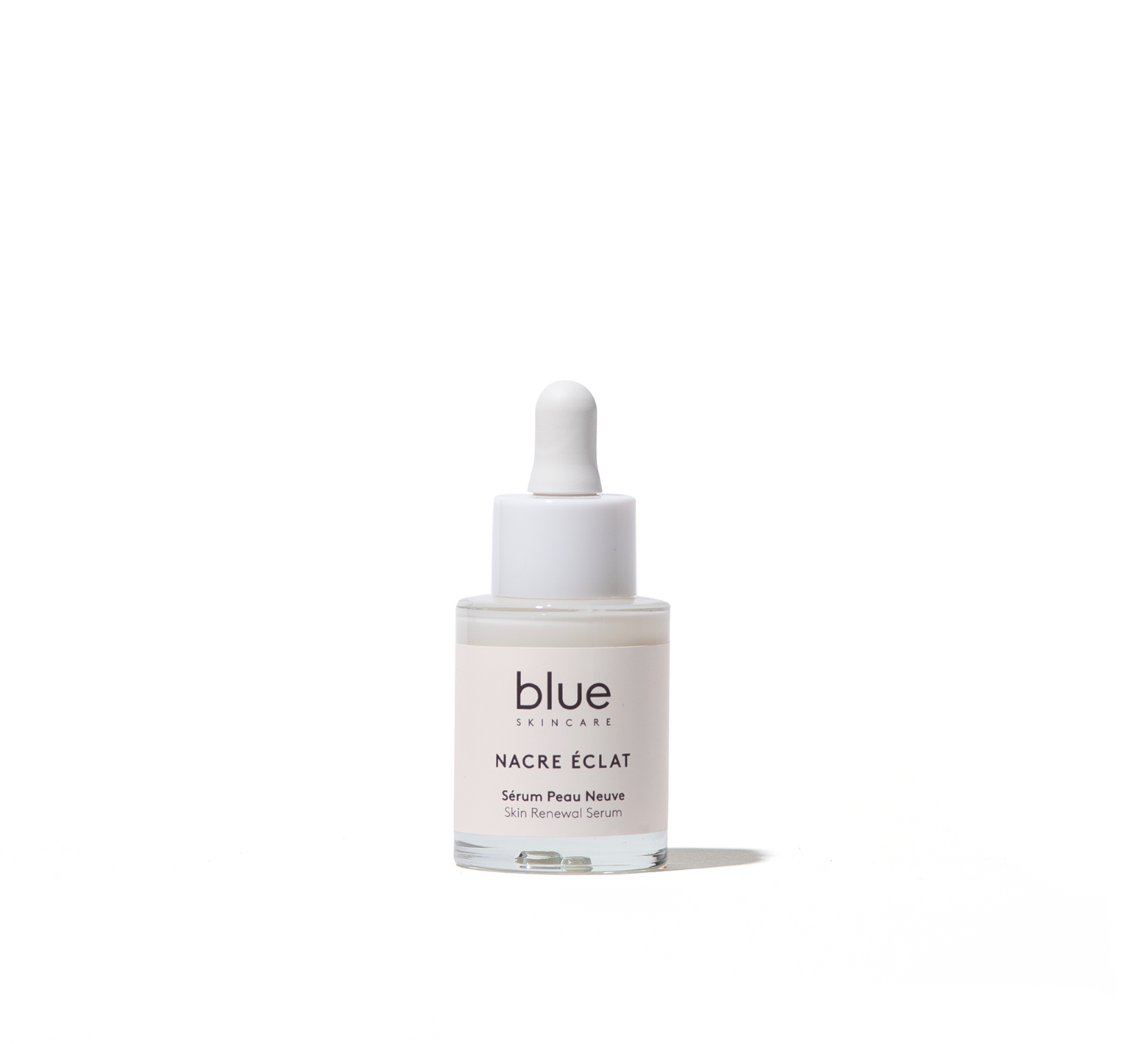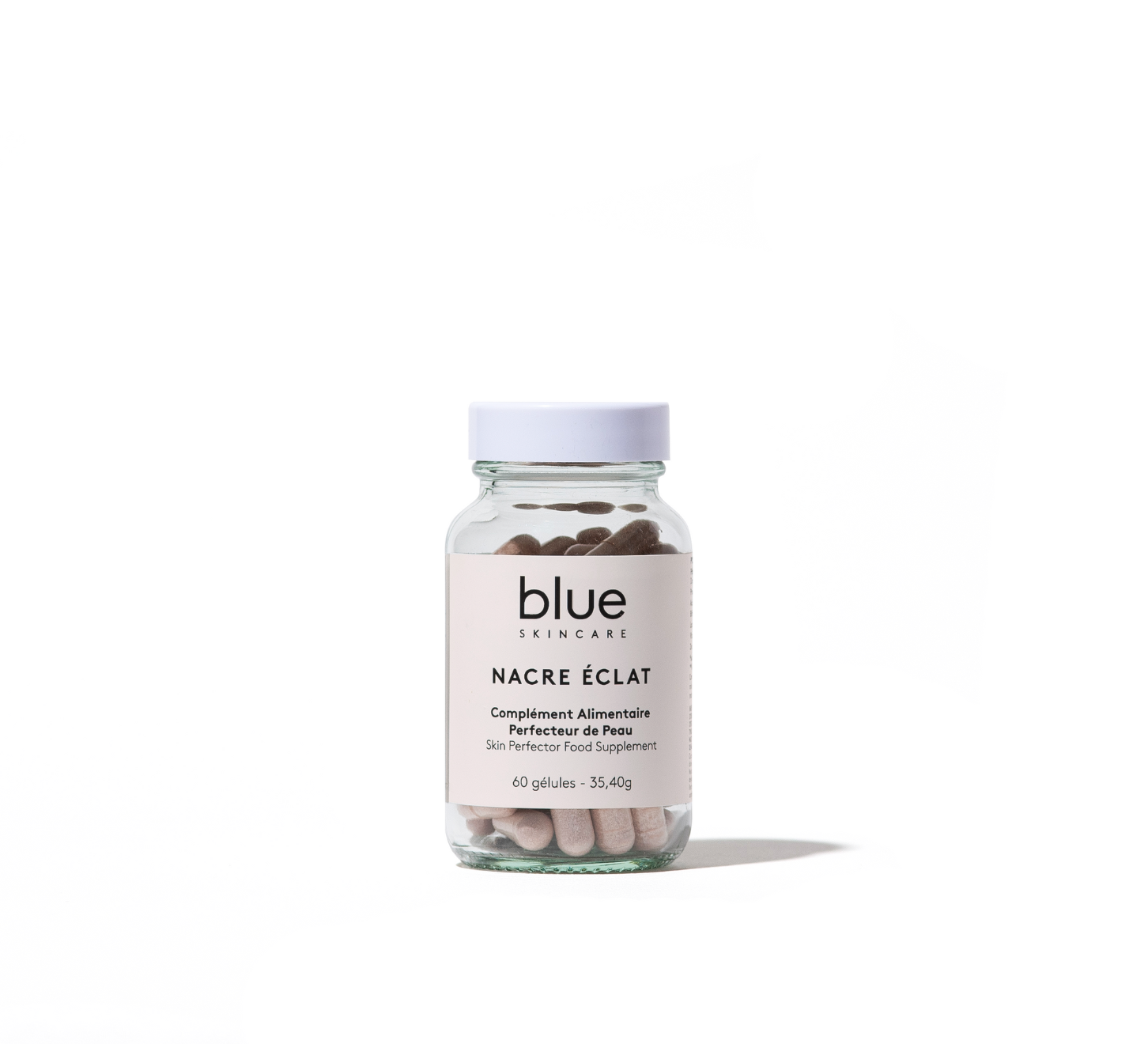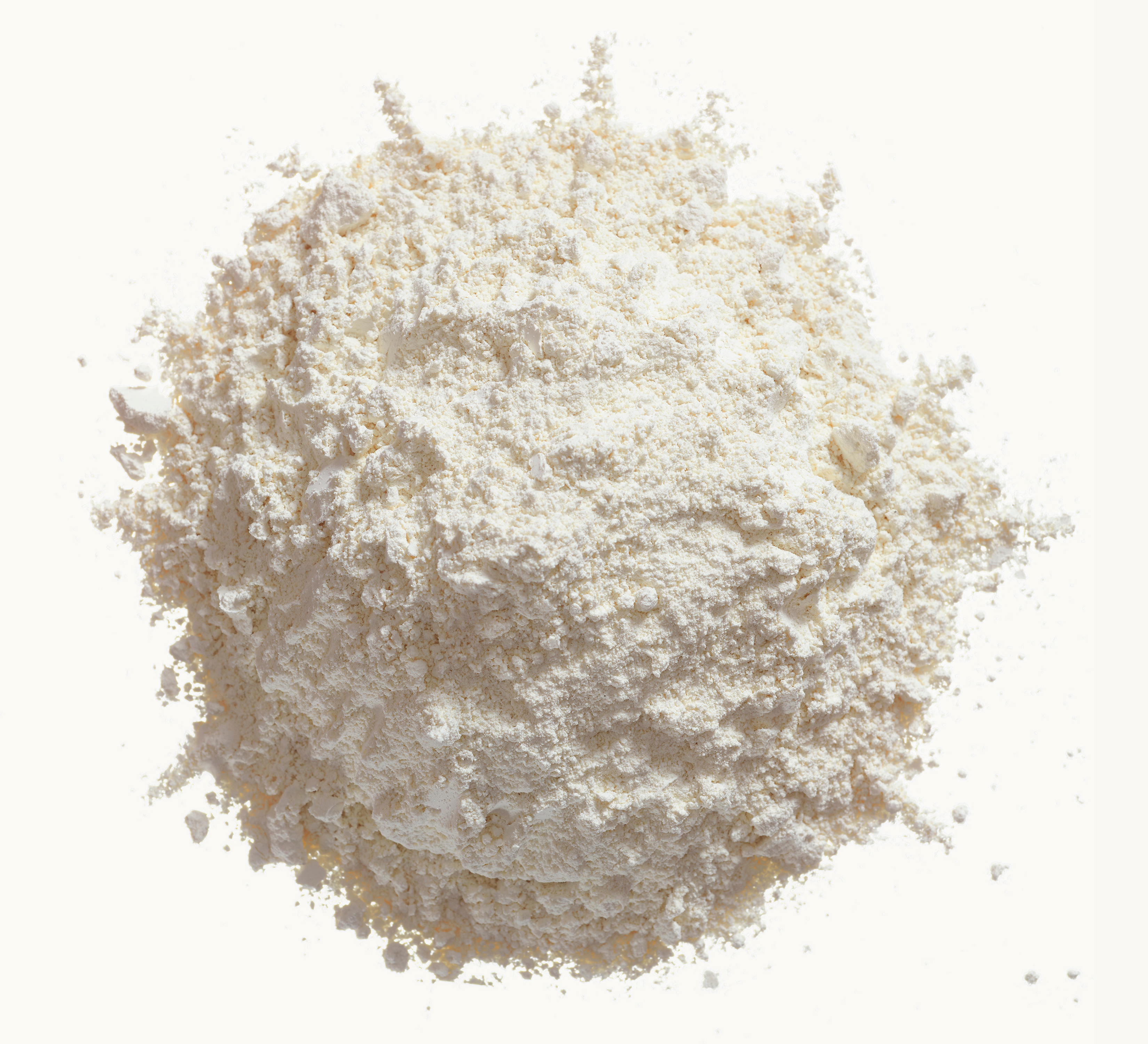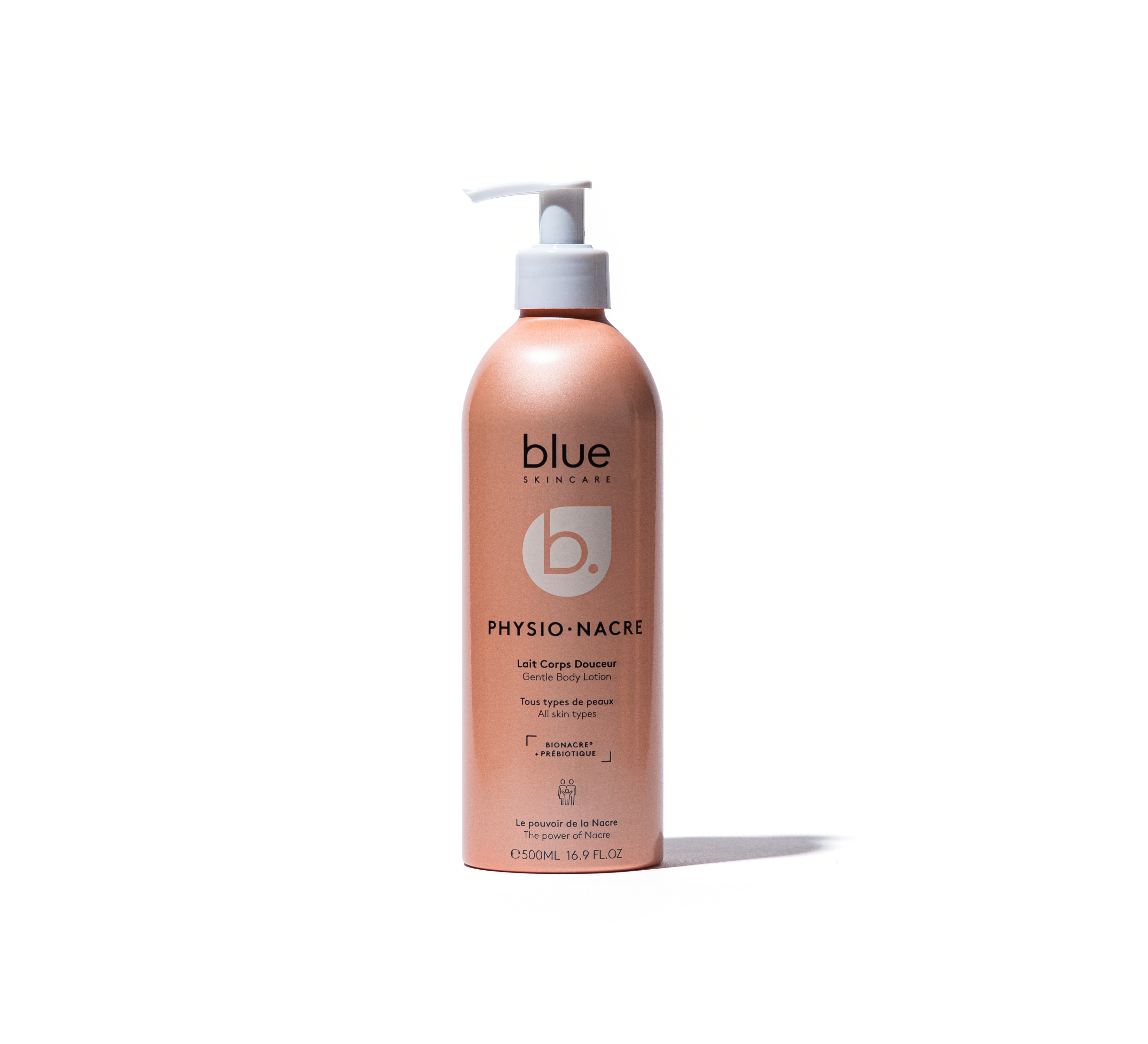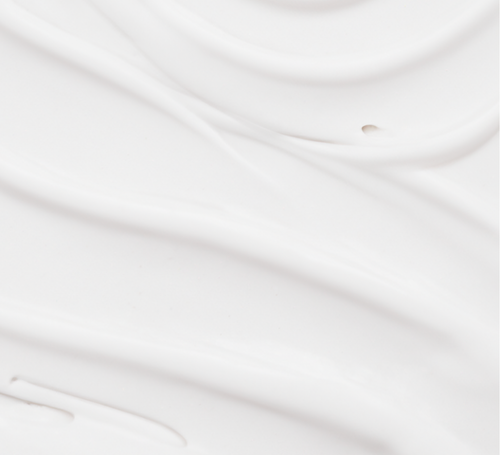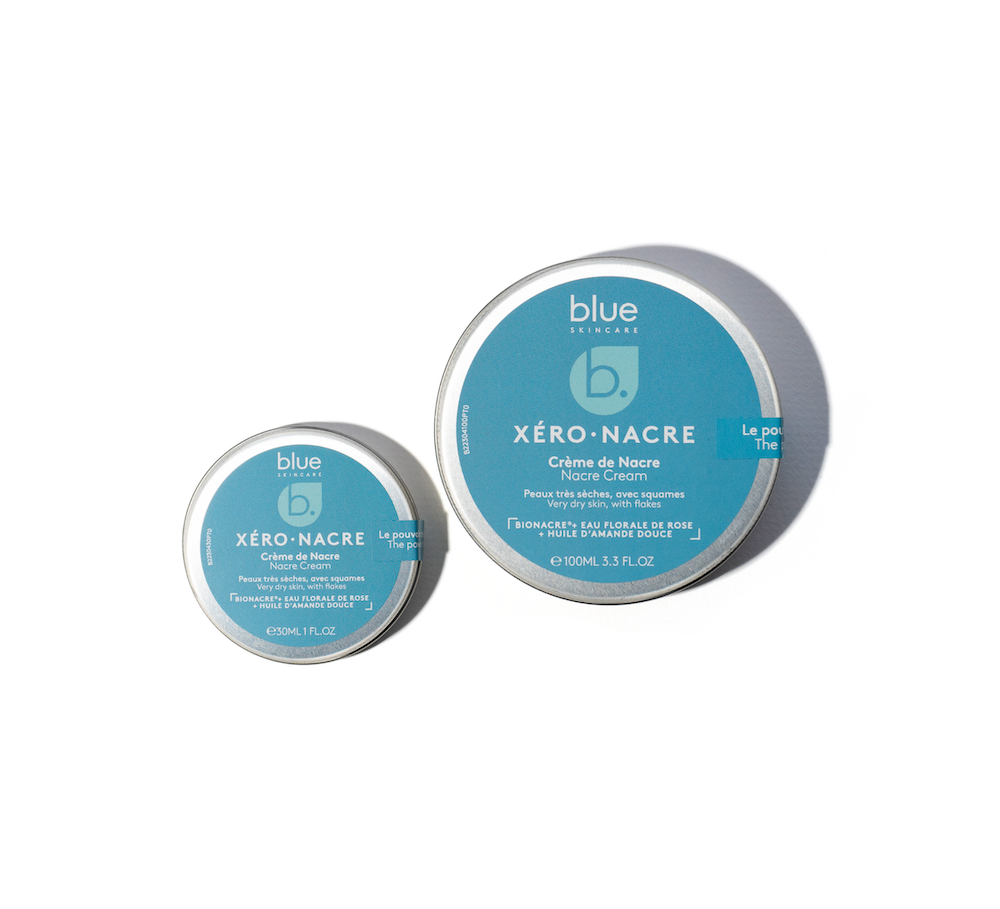Quand on pense à la Fast Fashion, on pense aux vêtements. Pourtant, ses méthodes et ses travers ont aussi gagné le secteur des bijoux. Les enseignes de fast fashion ont quasiment toutes leur rayon bijouterie, sans compter les enseignes dédiées qui se sont créées. Et si tout existe dans cet univers, de la méga entreprise au plus petit artisan, trouver un bijou fantaisie totalement clean est encore bien compliqué.
Le bijou, devenu accessoire bon marché
Il est loin le temps où l’on ne possédait qu’un ou deux bijoux, de valeur et souvent de famille, que l’on ne portait que dans de grandes occasions. Sans même remonter au temps de la fameuse nouvelle « La Parure » de Maupassant (où l’épouse d’un simple employé s’endette à vie pour racheter une parure qu’on lui a prêtée et qu’elle a perdue).
Du « faux bijou » au bijou fantaisie
Au XVIIe siècle, les riches familles font régulièrement faire des copies de leurs bijoux en métaux moins précieux et pâte de verre. Au XIXe siècle, avec l’essor de la bourgeoisie, on crée le « plaqué or ». Puis, Coco Chanel crée les premiers « faux bijoux » dans les années 1930, avec des pierres semi-précieuses, de fausses perles, du strass et des rubans.
Mais, c’est la Seconde Guerre Mondiale, période à laquelle les métaux précieux se raréfient, puis les Trente Glorieuses, qui vont entraîner l’essor du bijou fantaisie, non plus comme une copie de bijoux précieux, mais comme une création en soi.
Dans les années 60 et 70, au moment où la garde-robe féminine est révolutionnée par le prêt-à-porter, les mini-jupes et le flower power, le bijou devient ethnique ou pop, coloré et original, aux formes géométriques, en métal, ambre, en bakélite ou en plastique.
Le bijou n’est plus vu comme un marqueur social, mais comme un objet quotidien et accessible, et aussi une expression de sa personnalité
Le tournant du XXIe siècle : la fast bijouterie






Il suffit de se balader dans un centre commercial pour se laisser tenter. En passant de Claire’s à Moa, Lovissa à H&M, Parfois à Accessorize, on est confronté à une surabondance d’articles alléchants et colorés, hautement instagrammables. Des bagues aux boucles d’oreilles, parfois proposés par pack de 10 ou 20, achetées sur un coup de tête à des prix défiant toute concurrence, dont certaines ne passeront pas la semaine, ou donneront à la peau une couleur vert de gris peu ragoutante !
L’entrée de la Chine dans l’Organisation Mondiale du commerce en 2001 a provoqué pour le bijou le même mouvement que pour la mode. Beaucoup de marques de bijoux fantaisie fabriquent désormais en Chine ou au Bengladesh, l’Inde gardant la bijouterie fantaisie de luxe aux pierres semi-précieuses. Si le bureau de création se trouve en France ou dans tout autre pays occidental, la production est délocalisée. La loi du moindre coût prime.
Le bijou fantaisie est devenu un objet bon marché, fabriqué à profusion, dans un temps très court, avec les mêmes conditions de travail déplorables et la même main d’œuvre bon marché que pour le vêtement. C’est désormais un simple accessoire de mode, aux collections sans cesses renouvelables, interchangeable… et jetable.
Des bijoux peu durables, voire dangereux

Si l’on trouve désormais pléthore d’informations sur les conditions de fabrication, l’origine et la traçabilité en joaillerie et bijouterie fine, il faut souligner qu’il est beaucoup plus complexe de trouver des informations sur la fabrication des bijoux fantaisie et leur impact.
Les sites internet des grands revendeurs comme des marques plus haut de gamme n’ont souvent aucune information sur une quelconque politique RSE, et bien souvent on n’y trouve même pas – ni sur les packs des bijoux en boutique – les matériaux utilisés.
Et de ce fait, ce sont surtout lorsque des incidents remontent que l’on voit l’envers du décor.
Des bijoux trompeurs, parfois toxiques
Les bijoux fantaisie font l’objet d’une réglementation spécifique, compte tenu de la toxicité du plomb, du nickel et du cadmium. Le plomb est classé par l’OMS parmi les 10 produits chimiques gravement préoccupants pour la santé publique. Le cadmium peut engendrer des problèmes sur le foie et le système respiratoire, il est considéré comme cancérigène. Malgré cela, on trouve régulièrement des bijoux fantaisie qui ne respectent pas les normes européennes.
L’enquête de la DGCCRF
La Direction Générale de la Concurrence, de la Consommation et de la Répression des Fraudes, s’est penchée en 2016 sur le secteur de la bijouterie fantaisie et tout particulièrement sur sa manière de communiquer, le bien fondé des informations avancées et surtout les effets de ces bijoux sur la santé des consommateurs. Ce sont en tout 758 fabricants, enseignes spécialisées, grossistes, ateliers de fabrication et artisans-revendeurs sur les marchés qui ont été passés au crible. Dans un second temps, les services de la DGSE ont contrôlé plus spécifiquement 144 produits : nature des composants (pierres, métaux, perles, verres colorés.) et dangerosité. Au final, plus de 30% des produits se sont révélés non conformes. Le plus grave étant la présence de métaux lourds et/ou de substances allergisantes dans un tiers d’entre eux. Les concentrations en plomb, cadmium et/ou nickel étaient supérieures à celles recommandées par les normes réglementaires. Si bien que ces bijoux ont été déclarés « dangereux » pour la santé. Pour 11 des prélèvements, il est apparu des anomalies entre la composition indiquée et la composition réelle : « pierre » pour de la pierre reconstituée, « plaqué or » pour une couche d’or inférieure à 3 microns, « cristal » pour du verre, « perle » pour des perles d’imitation…
L’étude de 60 millions de consommateurs
En 2018, la revue analysait 12 paires de boucles d’oreilles et huit bracelets en vente dans des enseignes telles qu’Asos, Balaboosté, Claire’s, Forever 21, H&M et Primark. L’enquête a montré la présence de plomb, de cadmium et de nickel, mais heureusement dans des quantités inférieures à la réglementation.
L’interdiction de vente de la marque Wish
Fin 2021, le déréférencement de la plateforme américaine de vente en ligne Wish a été demandée par les services français de la répression des fraudes. Après analyse des 140 produits vendus sur Wish, 90% des appareils électriques étaient jugés dangereux, tout comme 62% des bijoux fantaisie en raison de présence de métaux lourds, et 45% des jouets.
Des matières premières polluantes
Mais même lorsque ces produits sont conformes, sans danger pour le consommateur, cela ne signifie pas pour autant qu’ils sont durables. Même les bijoux de petits créateurs, fabriqués en conformité, utilisent des matériaux extraits ou produits de façon polluante pour certaines.
Laiton et zinc, les métaux les plus fréquents
Le laiton est utilisé depuis la Préhistoire pour les objets d’ornement. Il a aujourd’hui une place de choix dans la fabrication de bijoux fantaisie de qualité, car il offre de nombreux avantages. Également appelé « cuivre jaune », cet alliage tire sa couleur jaune du zinc et sa solidité du cuivre. Outre sa solidité et sa couleur, il résiste à la corrosion et à l’eau salée. Enfin, il ne provoque aucune allergie de contact. Mais, c’est le laiton qui laisse parfois sur les doigts ces dépôts verdâtres. En effet, le laiton se corrode en présence d’humidité, de chlorure, d’ammoniac et de certains acides. Lorsque le cuivre réagit pour former du sulfure de cuivre, et si il est très exposé à de l’eau légèrement acide (eau de pluie, douche à l’eau chlorée, transpiration…), il s’oxyde à l’air pour former une patine de sulfate de cuivre vert-bleu. Les enseignes bon marché, elles, lui préfèrent le zinc, bien moins cher.
Le cuivre, à l’origine d’un désastre environnemental et humain
Si le cuivre et le zinc, nécessaires au laiton, sont bien loin des coûts énergétiques et émissions de CO2 liés à la production de l’or, de l’argent ou du platine – qui battent tous les records – il n’en reste pas moins que ces deux métaux ne sont pas sans conséquences.
Le cuivre dont l’extraction a explosé ces dernières années – plus en lien avec les besoins en semi-conducteurs pour l’électronique qu’avec la bijouterie – a provoqué un désastre environnemental notamment au Chili. En effet, l’économie de ce pays dépend fortement de ses exportations de cuivre. Or, la teneur du minerai en cuivre qui était de 1,34 % en 1990 est tombée progressivement à 0,61 % en 2018. Ce phénomène, qui explique pourquoi Il faut extraire toujours plus et toujours plus profond pour obtenir la quantité nécessaire, ne fait qu’augmenter avec la transition énergétique. Les déchets miniers s’accumulent. L’arsenic et l’acide sulfurique, qui sont utilisés pour l’extraction du cuivre, sont déversés dans les champs, l’eau et l’air. Ils tuent les plantes, le bétail et même les hommes. Cette industrie minière très importante pour le Chili, à l’origine de la pollution de l’eau et de l’assèchement des fleuves, entraine le déplacement de la population. D’où l’apparition de villes fantômes qui se multiplient, depuis 20 ans, de façon inquiétante
Le plastique, pas fantastique
Les bijoux fantaisie sont souvent composés de plastique coloré. On ne reviendra pas sur l’énorme impact environnemental du plastique, aussi bien dans sa production en tant que dérivé du pétrole, que par sa pollution en fin de vie. Ces bijoux de petit format, qui finissent à la poubelle, ne sont pour l’instant pas recyclable. Un énorme gâchis économique et environnemental.
Les seuls bijoux durables : recyclage et upcycling
Attention à la fausse durabilité
En effet, on peut voir de nombreuses petites marques de bijoux afficher des mentions s’approchant du « greenwashing ». L’une des plus courantes est la mention « fait main » qui ne qualifie nullement la traçabilité et l’origine non polluante de la matière première, ni même la production dans des conditions décentes. De plus, le « fait-main », en Chine ou en Inde, ne garantit nullement un salaire décent et de bonnes conditions de travail. D’ailleurs, hormis les articles de pacotille produits industriellement, la majorité des bijoux sont « fait-main ».
Le recyclage des matières premières
De plus en plus de revendeurs et marques ont cependant fait des efforts en prenant des engagements sur leurs chaînes d’approvisionnement en rejoignant des initiatives telles que la Sustainable Apparel Coalition, Greenpeace Detox Campaign ou en adoptant des packaging FSC. Par ailleurs, comme pour l’or et l’argent, on voit un intérêt grandissant chez les jeunes marques pour les matériaux recyclés : bois, zinc ou bioplastiques.
L’upcycling, un bijou unique





Là encore, ce sont généralement des marques artisanales qui le proposent. On peut voir des bijoux upcyclés à partir de bijoux ou objets de marques, comme chez Gigiparis, collectif d’antiquaires et créateurs, qui proposent des bijoux à partir de boutons de grandes marques (Chanel, Saint Laurent) chinés. Idem chez les Trouvailles de Romy, HLife Création ou Herez Paris. Entre recyclage et upcycling, on crée alors à partir de l’existant sans procédé chimique. Et on obtient un bijou unique.
Mais on voit aussi exploser la proposition de bijoux fabriqués à partir de « déchets ». Outre les boucles d’oreilles en capsules Nespresso upcyclées, on peut citer les jolies boucles d’oreilles de la marque Cohbo, créées au Havre à partir de déchets marins récupérés sur la plage et de peintures de graffiti écaillées tombées sur les blockhaus. Fanny Inserra, jeune créatrice lilloise, imagine des modèles créés à partir des chutes de plexiglass d’une entreprise locale, et de pièces chinées et récupérées. Les exemples sont multiples.
Le bijou fantaisie a suivi la même voie que la mode avec l’émergence de la Fast Jewelry, des produits vite produits, à petits prix, vite consommés et vite jetés. Mais comme dans la mode, un nouveau courant émerge, avec des jeunes marques ayant une vision plus durable et responsable et des initiatives intéressantes.
